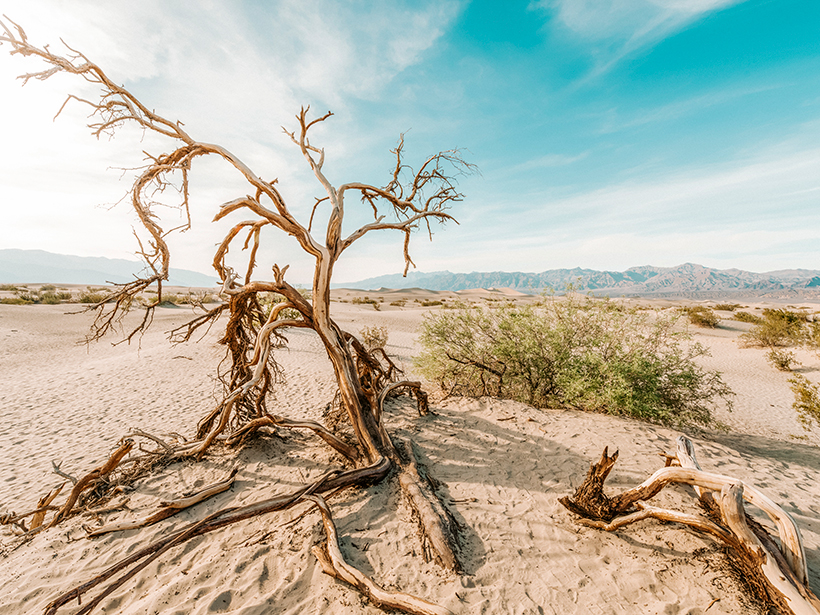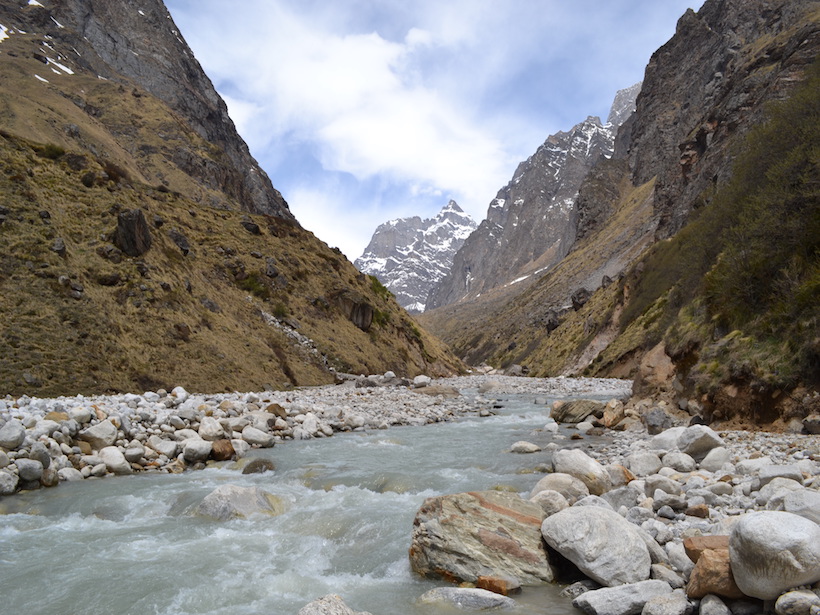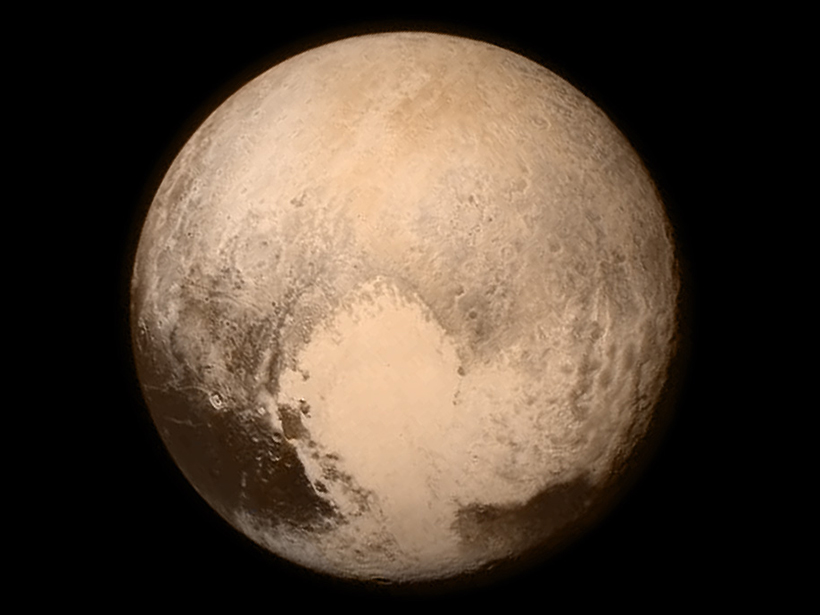This year is still on track to be one of the hottest years on record around the globe.
AGU 2020
Tracking Trace Elements in the Ganga River
Levels of dissolved trace and heavy metals, which can be toxic, are highly variable across the river basin, concentrating in urban areas with high pollution but diluted by inflow from tributaries.
A New Way to Fingerprint Drivers of Water Cycle Change
Simulations of tropical ocean convection help distinguish climate effects resulting from large-scale changes in atmospheric circulation from those resulting from higher temperatures.
Jellies Transfer a Significant Amount of Carbon to the Deep Ocean
Jellyfish and sea salps aren’t getting the credit they deserve for their role in ocean carbon cycling, according to a new study.
¿Podría la Vida Estar Flotando en las Nubes de Venus?
Si están presentes, los microbios podrían explicar patrones de evolución en la atmósfera planetaria de Venus, al observarse con luz ultravioleta.
Capturing Heat-Driven Atmospheric Tides on Mars
Spacecraft observations and model simulations provide new insights into tidal patterns that transport momentum and energy into the planet’s upper atmosphere.
Terrestrial Radio Signals May Suppress High-Energy Electrons
Naval radio signals may cause the formation of a barrier observed during geomagnetic storms that is seemingly impenetrable by relativistic electrons.
Final Frontier? The Evolution of Planetary Science Missions
Planetary scientist Fran Bagenal explains how each NASA mission builds on previous discoveries and encourages scientists to take on difficult challenges to learn more about our home in the universe.
Southern California’s Crustal Motion Tells of Earthquake Hazards
Precise measurements of the Earth’s vertical surface motion help to elucidate the hazards of faults in an earthquake-prone region.
Experimenting with Underwater Sediment Slides
Sediment-laden currents caused by breaching flow slides are hazardous to flood defenses and seabed infrastructure. New research shows that these phenomena must be accounted for in erosion simulations.










